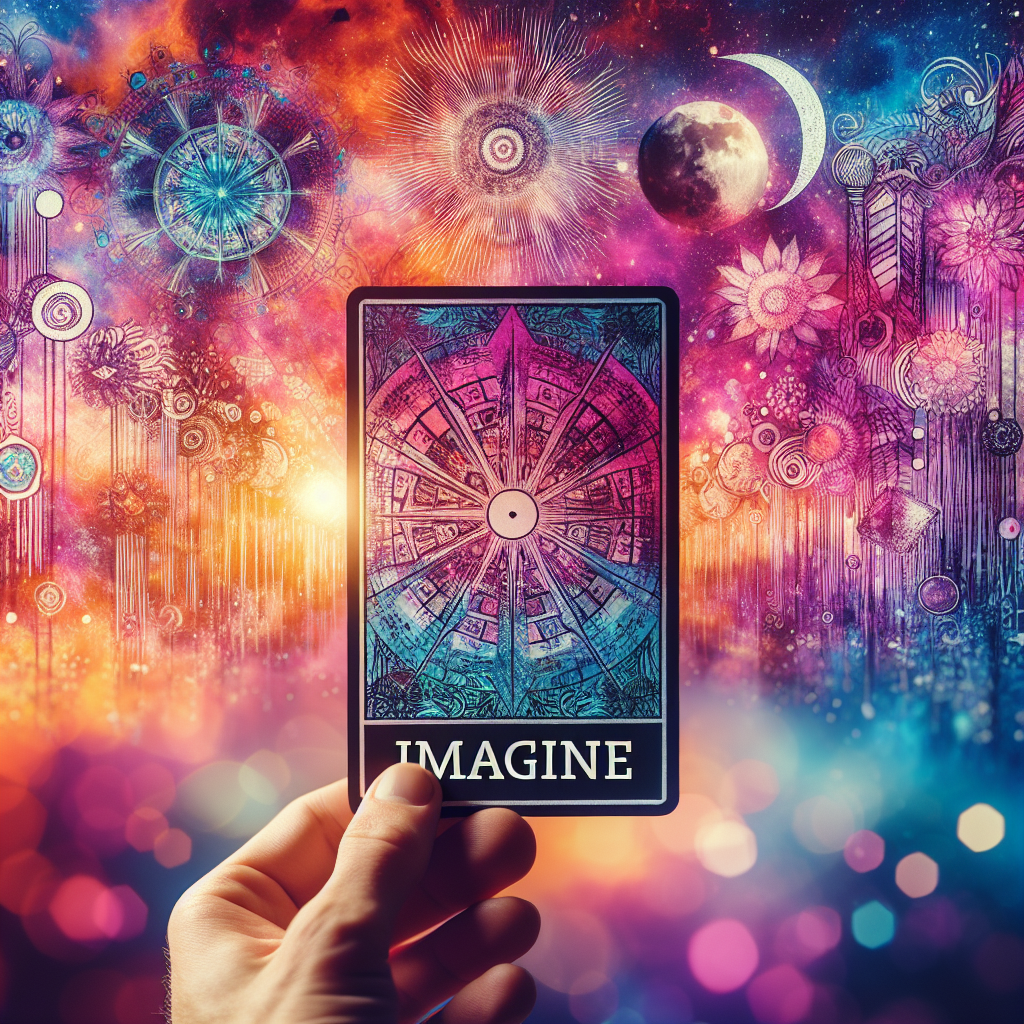Are you intrigued by the mystical world of tarot card reading? Have you ever wondered how those beautifully illustrated cards hold hidden meanings that can reveal insights into your past, present, and future? Whether you’re a curious beginner or someone seeking to expand your knowledge, “Interpreting Major and Minor Arcana: A Beginner’s Guide” is here to demystify the world of tarot. In this comprehensive guide, you will embark on a journey to understand the significance of the Major and Minor Arcana, decipher the intricate symbolism behind each card, and learn how to weave together their narratives to unlock profound personal revelations. So, grab your deck, open your mind, and let’s explore the enchanting realm of tarot together.
Understanding Tarot Cards
Tarot cards are a powerful tool for self-reflection, divination, and personal growth. They have been used for centuries to gain insight into the past, present, and future. Whether you are a skeptic or a believer, learning to understand and interpret tarot cards can open a door to a world of endless possibilities. In this comprehensive guide, we will explore the structure of tarot cards, the meanings and interpretations of each card in the Major Arcana and Minor Arcana, how to interpret card reversals, develop intuition in tarot reading, use spreads and layouts effectively, interpret card combinations, and uphold tarot ethics and responsibility.
The Structure of Tarot Cards
Before diving into the meanings and interpretations of each card, it is essential to understand the structure of tarot cards. A standard tarot deck consists of 78 cards divided into two main categories: the Major Arcana and the Minor Arcana. The Major Arcana consists of 22 cards, while the Minor Arcana consists of four suits, each containing 14 cards. Each card in the deck carries its own unique symbolism and message, contributing to the overall narrative of a reading.

The Major Arcana
The Major Arcana is often considered the heart and soul of the tarot deck. It represents the major life lessons, significant events, and archetypal energies that shape our journey through life. Each card in the Major Arcana has its own distinct symbolism and carries a profound message for the reader. In this section, we will explore a comprehensive breakdown of each Major Arcana card, including the Fool, the Magician, the High Priestess, the Empress, the Emperor, the Hierophant, the Lovers, the Chariot, Strength, the Hermit, Wheel of Fortune, Justice, the Hanged Man, Death, Temperance, the Devil, the Tower, the Star, the Moon, the Sun, Judgement, and the World.
The Minor Arcana
While the Major Arcana holds grand themes and life-altering events, the Minor Arcana provides a deeper understanding of the day-to-day aspects of our lives. This section will introduce the Minor Arcana, which is divided into four suits: Wands, Cups, Swords, and Pentacles. Each suit represents a different element and embodies its own set of energies and meanings. Understanding the Minor Arcana gives a well-rounded perspective on the daily challenges, emotions, actions, and material aspects of our lives.

Interpreting Major and Minor Arcana Together
In tarot readings, combining both Major and Minor Arcana cards can unlock a more comprehensive understanding of the situation at hand. This section will guide you through the process of seamlessly integrating these two categories, allowing their energies to intertwine and weave a more intricate narrative. By understanding how the Major and Minor Arcana interact, you can paint a vivid picture of the past, present, and future and offer profound insights to those seeking answers.
Understanding Card Reversals
Card reversals add depth and nuance to tarot readings. When a card appears upside down or reversed, it alters its traditional meaning and introduces a different perspective. Interpreting reversed cards requires a delicate balance of intuition and knowledge of each card’s upright meaning. This section will teach you how to interpret reversed cards effectively, adding a layer of complexity and opening doors to new understandings.

Developing Intuition in Tarot Reading
While tarot cards carry their own meanings and interpretations, developing intuition is key to becoming a proficient tarot reader. This section will explore how to connect with the cards on a deeper level, enhancing your intuitive abilities, and allowing the cards to speak to you in a more profound and personal way. By building trust in your intuition, you will be able to deliver insightful and meaningful readings that resonate with both you and the seeker.
Using Spreads and Layouts
Tarot spreads and layouts offer a structured framework for organizing and interpreting the cards in a reading. This section will guide you in selecting the right spread for a given situation and introduce you to some common tarot spreads such as the one-card spread, the three-card spread, and the Celtic Cross spread. Each spread serves a unique purpose and will help you address specific questions or gain a broader understanding of a particular situation.

Interpreting Tarot Card Combinations
Tarot card combinations form the building blocks of reading, revealing intricate relationships and hidden connections between the cards. By understanding how cards interact with one another, you can identify key themes and patterns that provide deeper insights into the seeker’s life. This section will delve into the art of interpreting tarot card combinations, empowering you to unlock the secrets held within the cards and deliver comprehensive readings.
Tarot Ethics and Responsibility
As tarot readers, it is essential to approach our practice with utmost respect, integrity, and responsibility. This section will discuss the ethical considerations when conducting tarot readings, emphasizing the importance of client boundaries, confidentiality, and the well-being of the seeker. By honoring these principles, you can create a safe and supportive space for seekers to explore their questions and seek guidance.
Further Resources for Tarot Learning
Tarot is a vast and ever-evolving field, and there are countless resources available for those eager to deepen their knowledge and skills. This section will provide recommendations for books on tarot card interpretation, online tarot courses, and communities, and seeking mentorship from experienced readers. These resources will support your tarot journey and provide ongoing learning opportunities as you continue to develop and grow as a tarot reader.
Whether you are a complete beginner or have some experience with tarot cards, this comprehensive guide will empower you to explore the world of tarot with confidence and empathy. By understanding the structure, meanings, and interpretations of tarot cards, honing your intuition, and practicing ethical reading techniques, you can offer wisdom, guidance, and deep insight to others as they navigate their personal journeys. Remember, tarot is a tool for self-reflection and growth, and with dedication and practice, you can unlock the infinite possibilities that lie within the cards.
© 2024 by Divination Wiki Reserved all rights. This document cannot be copied or communicated in any way without Divination Wiki’s prior written consent, whether it be electronically, mechanically, through photocopying, recording, or another medium.
